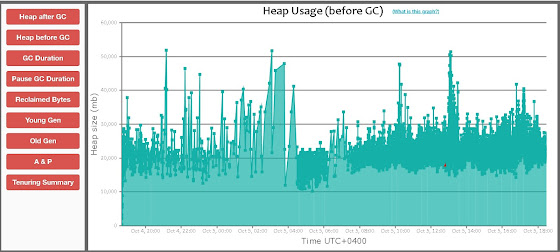Performance Engineering Series – Tuning for Performance - Case Study – 5

JDK Nuances JDK upgrades is one of the most discussed topics as it is something that just cannot be changed without looking in to the code. This problem becomes more evident for large enterprise class applications. Despite the advances in JDK releases providing various optimizations / newer features, JDK8 we can still find JDK8 in being widely used. This can perhaps be related to the development effort needed to upgrade the underlying code. Even after taking the step of upgrading / recompiling the code on newer JDK’s like JDK11, there still come some issues which arise due to the enhancements and we will look at one such instance today in this brief blog post. To give a brief background this application is used for Indexing / Searching and uses Lucene to perform this task as I have described in the previous blog posts. But one change from the previous posts was that the JDK was upgrade to JDK11 from JDK8 after which this particular problem started to surface. I h




